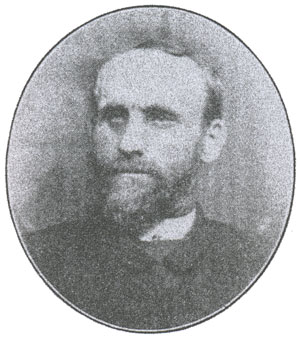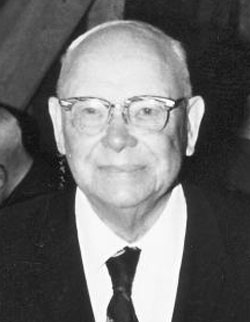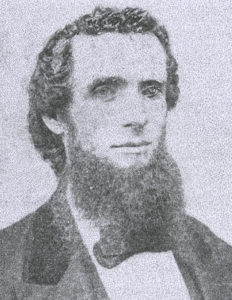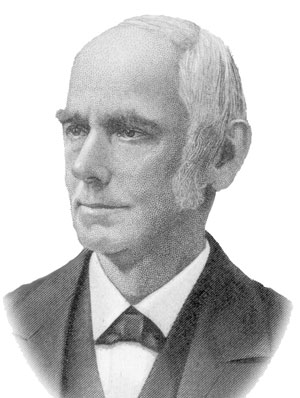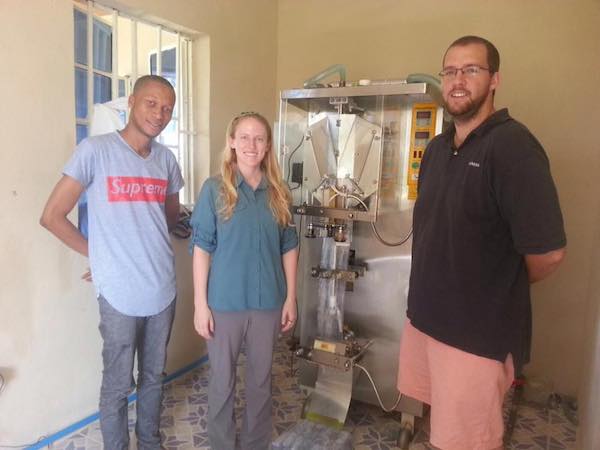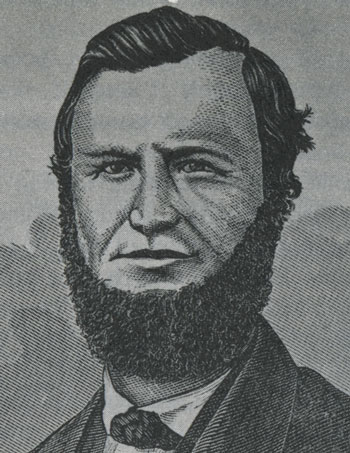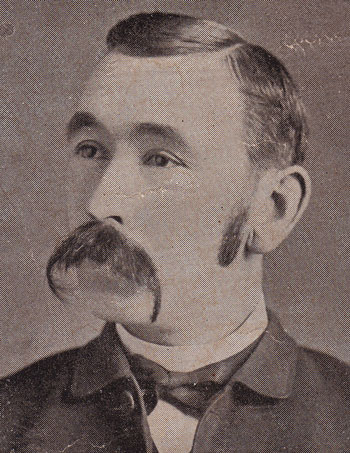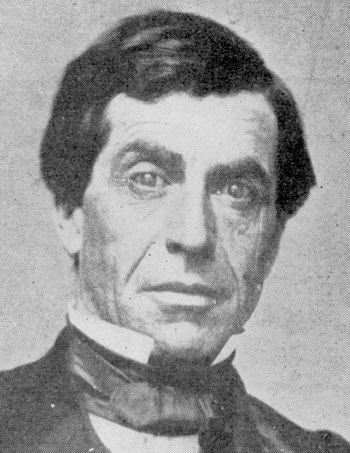26 Oct On This Day in UB History: October 26 (Honduras)
The 1945 General Conference voted to open mission fields in two places during the next four years, in the Caribbean and/or Latin America. We then had mission work in just two places–in Sierra Leone (dating which back to the mid-1800s), and China (begun in the 1920s). There was no United Brethren presence south of the United States.
General Conference didn’t name any specific places–just a resolve to do it, somewhere. But two places were already being considered–the Bahamas and Honduras. We had a contact in the Bahamas, a man with an independent mission work. And the year before, we had been contacted by Rev. James Elliott, who was overseeing several English-speaking churches in northern Honduras and was looking for another organization to assume supervision. George Fleming, our Missions director, had already been corresponding with Elliott.
In August of 1945, as atomic bombs fell on Japan and World War II came to a close, Fleming traveled to Honduras to look over the situation. He was impressed by what he saw. About 100 people attended somewhat of a congregational meeting, during which Fleming told of the UB church and entertained questions. The people were excited about the possibility of an American denomination coming to their aid.
Fleming stayed for ten days, August 15-25, visiting the various stations of Elliott’s work.
The La Ceiba church had about 150 members, all English speakers. The property, which he described as “pretty large for these parts,” was 30 years old and in need of repair. In better shape was the two-story, 52-by-30 foot mission house, which had been built ten years before. The lower level served as the mission school, and Elliott’s family lived in the upper level.
The Puerto Cortes congregation was trying to rebuild its church, which had been flattened by a hurricane in August of 1944. Their one-story mission house now doubled as both a church and a school.
The congregation in the port city of Tela rented a building for their day school and Sunday school, but were in the process of buying property on which to eventually build. This newer work had acquired a good following. However, with no regular pastor, services were held only when Elliott or someone else could make it.
Other places beckoned for ministry. At the inland town of Progresso, a man had started a day school and was trying to organize a Sunday school; he had asked Elliott for help. A lady in Puerto Castilla needed help sustaining a day school and Sunday school. In both cases, Elliott lacked both the money and the people to come to their aid.
Elliott estimated that carrying on the work and expanding it would require $5000–$6000 a year.
“Here is an open door,” Fleming wrote in the denominational Missionary Monthly magazine. “As a committee of one, I have seen enough to convince me that in the face of the Great Commission, and the ‘fields white unto harvest,’ we dare not, as a church, ‘pass by on the other side.’”
After returning to the States, Fleming took a glowing report to the eight men on the United Brethren Parent Board of Missions (at the time, the Women’s Missionary Association was an entirely separate missionary-sending organization). They voted unanimously, 8-0, to launch into Honduras.
The date was October 26, 1945. The United Brethren church had established a foothold in Latin America.

